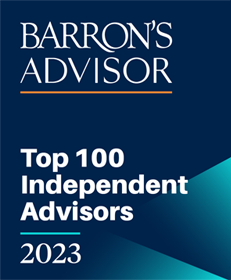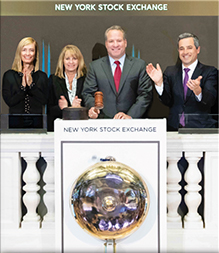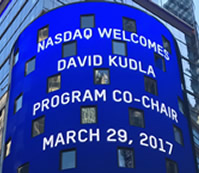(excerpt)
GRAND BLANC, Mich. (MarketWatch) — In most years, the world eagerly awaits the signs of spring — warming temperatures, April showers and the May flowers that naturally follow. This year, the world is far more concerned about the dark clouds that March has delivered.
From the time Fed Chairman Ben Bernanke first alluded to further quantitative easing in an August 2010 speech, stock and commodity prices have gone substantially higher. With the June 30 deadline fast approaching and economic data something of a mixed bag, stocks recently have pulled back and commodity prices have experienced an even steeper correction.
To some observers, the recent selloff reflects that the market is preemptively pricing in the end of QE2, and may actually be anticipating a round of “quantitative tightening.” Such speculation may be premature.
The latest economic data have been somewhat uninspiring, suggesting another midcycle slowing of economic growth, not unlike what we experienced about this time last year. If the current economic scorecard was the Fed’s one and only consideration in conducting monetary policy, we would find it hard to believe that it would even contemplate taking away the punch bowl in any meaningful manner anytime soon. If anything, we might guess that there is a greater chance of further quantitative easing, or a similar facility to keep the U.S. dollar printing presses running, perpetuating Bernanke’s one-trick pony approach to spurring economic growth.
Of course, Fed policy ends up being driven by several competing factors. On the one hand, the Fed has to be feeling pressure relative to its ever-expanding balance sheet that has swelled to disturbing levels. Our federal government is encumbered with a $1.6 trillion deficit, as well as the need to replace currently maturing debt, requiring regularly scheduled Treasury auctions. If sufficient buyers are present at each auction, all is well.
However, if the Treasury can not find enough buyers, and assuming the Fed doesn’t step in to cover the shortfall (as it has done under QE2), we would expect interest rates to go higher to entice demand.
Do we actually think this high interest-rate scenario will play out? Anything is possible, but as stated earlier, Fed policy is the result of several factors. For example, stable prices and low inflation are one goal, but so is full employment. Persistent high unemployment (and the resulting effect on consumer spending) is sure to be giving Bernanke some restless nights. Additionally, the political pressure to use whatever tools are necessary to sustain an economic upswing as we enter the 2012 election cycle will be very real.
So I believe the Fed will say one thing, but quietly do another. It will promote the positives of ending QE2 as a necessary step to fiscal sanity and holding off the inflation menace. But if there is a further disruption to economic growth or interest rates are perceived as crippling, another QE-type plan will make it to the table.
As these potential scenarios relate to portfolio allocation, investors should be prepared for more market volatility and potentially an even steeper pullback in the coming weeks, as market participants grapple with the anxiety over what comes next after QE2. But as this period of uncertainty passes and there is further clarity that the Fed will move to “quantitative neutrality” at most, look for the markets to behave not a lot unlike how they did under QE2.
In this environment, a healthy allocation to risk assets is still appropriate for growth investors, as well as exposure to midcycle sectors. Additionally, we recommend at least a small allocation to commodity-based assets as a hedge against inflation and dollar-price uncertainty.
For commodities exposure, consider a long/short strategy versus a plain-vanilla, long-only commodities play. A long/short commodities fund can help reduce some of the risk in this volatile asset class and provide the portfolio manager with the flexibility to short an undesirable sector or two within the broader commodities. For this position, consider Rydex/SGI L/S Commodities Strategy.
Another, more conservative, fund to consider is Eaton Vance Emerging Markets Local Income. This fund provides a position for an investor’s portfolio that largely avoids the U.S. market’s indigestion at the end of QE2 and benefits from now much higher yields in emerging markets.
If you would like a copy of the complete article, please send an email request to This email address is being protected from spambots. You need JavaScript enabled to view it., or call toll-free 1-866-444-6246. If sending an email request, please include the following: title and date of article, and mailing address.







